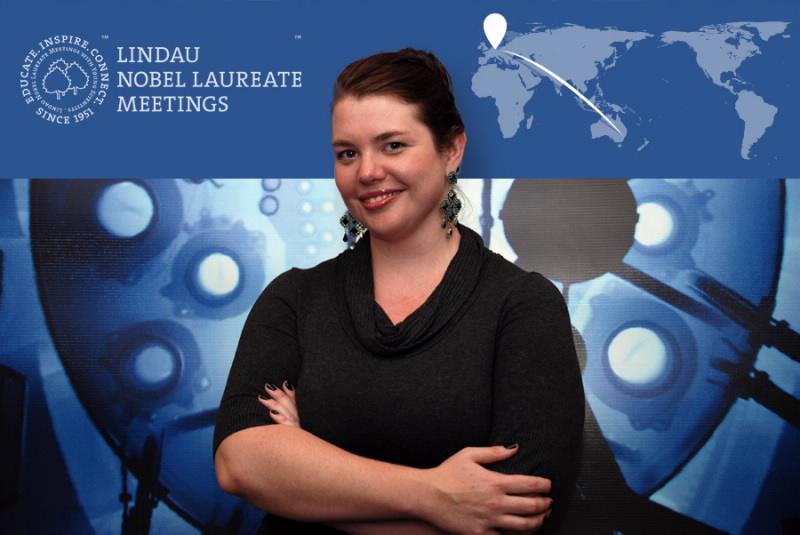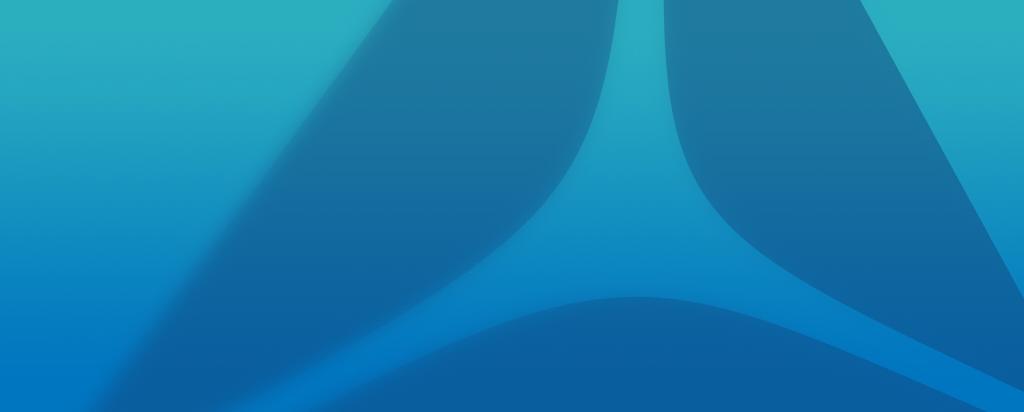

Published on the 30th June 2014 by ANSTO Staff
Fifteen young Australian researchers are heading to Germany this week to meet with Nobel Prize winners in the fields of physiology and medicine.
 |
| Catriona Wimberley is one of the successful applicants chosen to attend the Lindau Nobel Laureates Meeting. |
The 64th Lindau Nobel Laureates Meeting (29 June - 4 July 2014) brings together 600 young researchers from 80 different countries to interact with giants in these fields and build networks with other researchers.
Overall 20,000 researchers applied worldwide. The 15 Australians chosen went through a rigorous selection process by the Australian Academy of Science.
Academy President Professor Andrew Holmes said it was an extraordinary opportunity for Australian early career researchers to engage with the global scientific community.
“Australia is still quite isolated which makes international networking opportunities like this crucial for young researchers to establish relationships that carry through their careers,” he said.
One of the successful applicants is ANSTO’s Catriona Wimberley. Catriona's research interests are in medical physics and medical imaging, with a focus on using PET imaging to study brain diseases, such as Alzheimer's disease, Parkinson's disease or epilepsy.
Catriona employs mathematical models to study the neurochemical functioning of the brain. Specifically, she uses experimental PET imaging data to predict disease course and response to therapy.
Federal Trade Minister Andrew Robb and Australian Nobel Prize winners Professor Brian Schmidt, Professor Elizabeth Blackburn and Professor Barry Marshall will participate in the event.
There will also be a panel discussion on women in science hosted by Adam Spencer, the University of Sydney's Mathematics and Science Ambassador and involving immediate past President of the Academy Professor Suzanne Cory.
The Australian International Day has been made possible due to sponsorship and support from the Department of Industry, The Group of Eight Australia, Austrade, Australian Nuclear Science and Technology Organisation, Department of Education, CSIRO, Defence Science and Technology Organisation, the Science and Industry Endowment Fund and the Australian Academy of Science.
The researchers come from all over Australia.